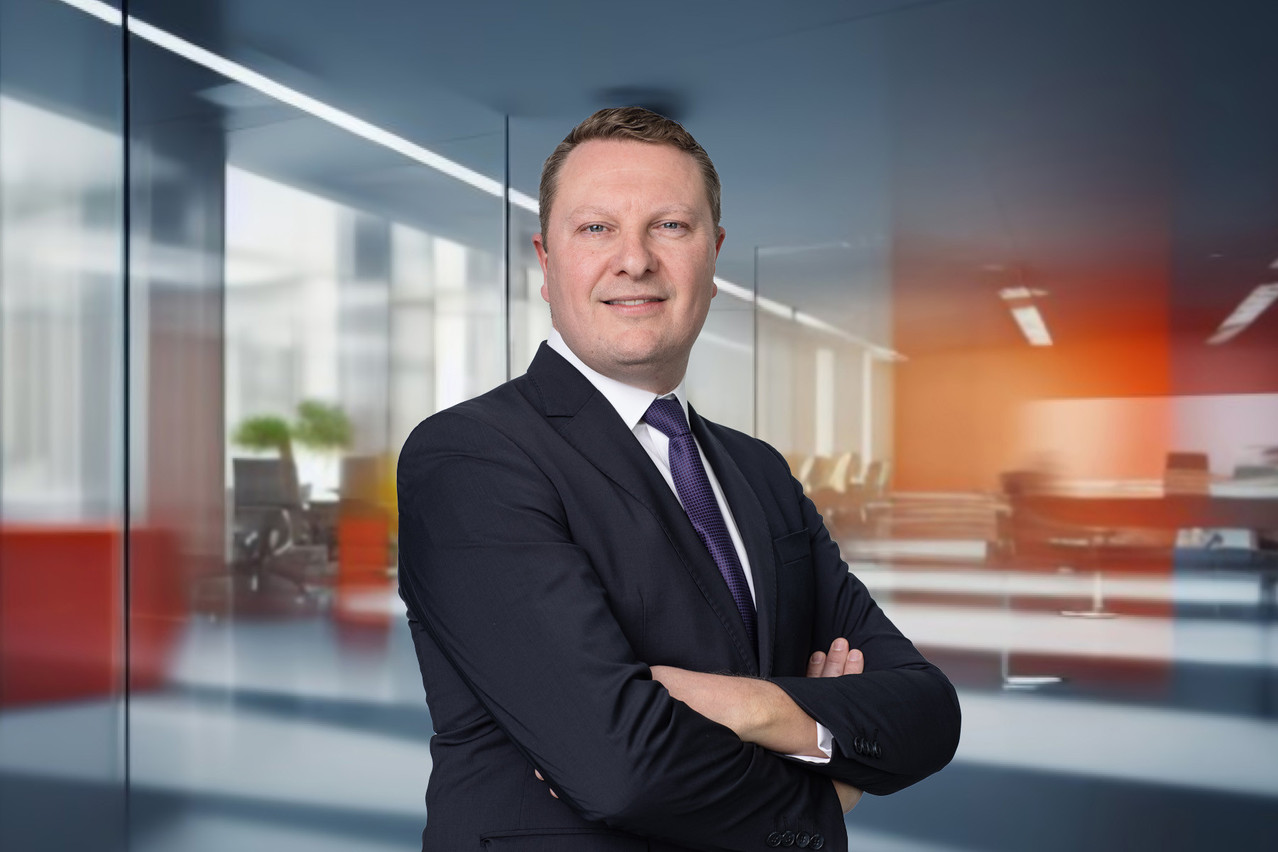“Our decision to move into passive and active ETFs was to complement our product offering. Absolutely not to replace our mutual funds,” Olivier Paquier, global head of ETF sales at Axa Investment Managers, said in an interview. “None of our ETFs are in direct competition with our funds.”
Does it make sense to launch an active ETF based on a successful fund?
“I know no asset manager that may have done that, whether it is a fund or a mandate.” Paquier explained that there is always some adaptation when setting up an ETF versus the fund, such as intraday liquidity considerations. For active ETFs, it is key to outline the experience and the expertise of the investment team. He noted that clients tend to prefer asset managers offering an “industrialisation of their ETFs,” whereby they promote a team approach and not a one-man show.
“In the passive ETF business, it is crucial to deliver an index performance minus the with the lowest tracking error possible.” On active ETFs, “an outperformance of 40 bps to 70 bps is typically expected when the tracking error budget is around 1.5%.”
In addition to financial outperformance, Paquier commented that Axa IM “generally” offers a second objective based on sustainability. “I think we are the only one in the market.” As an example, its active Euro Credit PAB ETF aims at generating alpha while improving carbon emissions profile (7% year-on-year reduction) relative to the PAB benchmark (Paris-Aligned Benchmark). Despite being in a relatively efficient market, he stressed that outperforming on sustainability is not achieved at the expense of breaking their promise on outperformance, net of fees. “Credit is a large business at Axa IM, with €300bn of assets under management.”
Paquier claimed that alpha is not only generated out of tactical bets but also through a tight risk management approach. He noted that the US high yield market endured six defaults this year against none for Axa IM’s active US High Yield Opportunities ETF. He argued that active management enables Axa IM not to be a forced seller nor buyer.
Benchmark: easier to beat with active bond or equity ETFs?
“It really depends on the market….and whether it is efficient or not,” stated Paquier. As an example, he thinks that the European small cap market (equities) offers great opportunities with “great entry points” due to its inefficiencies. The same cannot be said for US blue chips, for instance.
What is Axa IM focusing on?
“We have the cheapest [passive] ETF Nasdaq 100 in the world… under the ticker ANAU,” claimed Paquier. The statement came as a real surprise to your correspondent given Axa IM’s modest assets under management. It manages only five active ETFs (€1bn) and seven passive ETFs (€1.8bn). Indeed, it is widely reported that scale or even hyper scale is crucial given the pressure on management fees.
Institutional investors believe, wrongly, that ETFs are suitable mostly for tactical investments... they are not buy-and-hold… they can even serve as cash replacement
Not only are management fees relatively low at 14 bps (total assets: $1.1bn), but ANAU has “the best tracking error among UCITS ETFs on the Nasdaq 100 index,” claimed Paquier. He continued: “it is proven, and it is a fact.”
Fixed income ETFs are seen an “esoteric”
Paquier noted a dichotomy in the market. “80% of the volume is in equity ETFs despite clients investing principally and mainly, in general, in fixed income.” He observed that there is an ongoing catchup by fixed income ETFs, where he thinks there is not a sufficient offer for institutional and retail investors.
It is not completely surprising when it comes to retail investors, as they anyway rarely buy bonds. On the other hand, “institutional investors believe, wrongly, that ETFs are suitable mostly for tactical investments... they are not buy-and-hold… they can even serve as cash replacement.” Paquier remarked that the holding period for an ETF in Europe is two and half years--a very short detention period, indeed.

